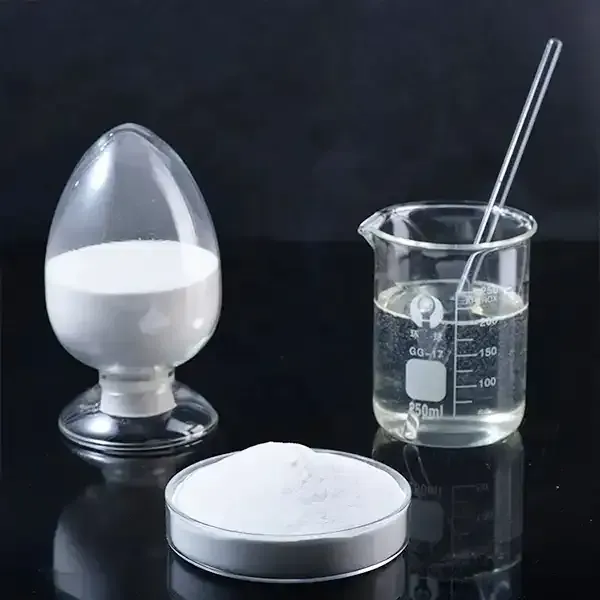Cellulose Ethers Versatile Polymers for Modern Applications
Cellulose ethers are a class of polymers derived from cellulose, the natural polymer found in the cell walls of plants. By modifying cellulose through the reaction with various chemical agents, cellulose ethers possess distinctive properties that make them valuable in a myriad of applications. Their unique combination of hydrophilicity, biodegradability, and versatility has established cellulose ethers as essential ingredients in industries ranging from pharmaceuticals to food production.
At the core of cellulose ethers is the cellulose molecule, which forms the structural framework of plant cell walls. In its natural form, cellulose is insoluble in water, limiting its utility in various applications. However, by introducing functional groups such as methyl, ethyl, hydroxypropyl, or carboxymethyl through etherification, the solubility and reactivity of cellulose can be significantly enhanced. This chemical modification leads to the creation of derivatives such as methylcellulose (MC), hydroxypropyl methylcellulose (HPMC), and carboxymethyl cellulose (CMC), each with unique properties tailored for specific uses.
One of the most widespread applications of cellulose ethers is in the food industry. Cellulose ethers serve as thickening agents, stabilizers, and emulsifiers in various food products. For example, HPMC is commonly used in gluten-free baking, enhancing the texture and moisture retention of baked goods. Additionally, CMC can be found in ice creams and sauces, providing improved consistency and preventing the formation of ice crystals. The safety and non-toxic nature of cellulose ethers make them suitable for food applications, as they can be consumed without adverse effects.
In the realm of pharmaceuticals, cellulose ethers play a crucial role in drug formulation and delivery
. Their ability to control the release of active pharmaceutical ingredients (APIs) makes them indispensable for creating sustained-release formulations. HPMC, for example, is often used in tablet coatings and matrix systems to modulate the release profiles of medications, enhancing their efficacy and improving patient compliance. Furthermore, cellulose ethers are utilized as excipients in various pharmaceutical formulations, serving as binders and stabilizers.cellulose ethers

The construction industry has also embraced cellulose ethers for various applications, particularly in the formulation of cementitious materials. Cellulose ethers are added to mortars and plasters to enhance their workability, water retention, and adhesion properties. The use of cellulose ethers contributes to improved performance of construction materials, ensuring better durability and finish in building projects. Their ability to enhance the performance of mixtures while maintaining environmental sustainability aligns well with the growing demand for eco-friendly construction solutions.
Furthermore, cellulose ethers are witnessing increasing applications in cosmetics and personal care products. They are commonly found in lotions, shampoos, and other formulations to provide thickness, stabilization, and enhanced texture. Their natural origin and safety profile make them appealing ingredients for the growing market of organic and natural cosmetic products, catering to consumers’ increasing demand for clean beauty solutions.
Despite their numerous applications, the versatility of cellulose ethers extends beyond these traditional industries. They are also finding new uses in emerging fields such as bioplastics and biomedical research. Researchers are exploring cellulose ethers as biodegradable alternatives to conventional plastics, driven by the need for sustainable materials that reduce environmental impact. Additionally, in biomedical applications, cellulose ethers are being investigated for use in drug delivery systems and tissue engineering, showcasing their potential in advancing healthcare solutions.
In conclusion, cellulose ethers are remarkable polymers that offer a wide range of functionalities useful in multiple sectors. Their versatile properties, derived from the natural cellulose molecule, allow them to be harnessed in food, pharmaceuticals, construction, cosmetics, and beyond. As industries shift toward sustainable and innovative solutions, the role of cellulose ethers is poised to expand further, affirming their importance in modern applications and their potential for future advancements.
-
Rdp Powder: Key Considerations for Wholesalers in the Building Materials IndustryNewsJul.08,2025
-
Key Considerations for Wholesalers: Navigating the World of Hpmc - Based ProductsNewsJul.08,2025
-
Hpmc Detergent: Key Considerations for WholesalersNewsJul.08,2025
-
Key Considerations for Wholesalers: China Hpmc For Tile Adhesive, Coating Additives, Concrete Additives, and MoreNewsJul.08,2025
-
Crucial Considerations for Wholesalers: Navigating the World of Construction MaterialsNewsJul.08,2025
-
Key Considerations for Wholesalers Sourcing Additive For Cement, Additive For Concrete, Additive For Putty from Additive Manufacturer Shijiazhuang Gaocheng District Yongfeng Cellulose Co., Ltd.NewsJul.08,2025




